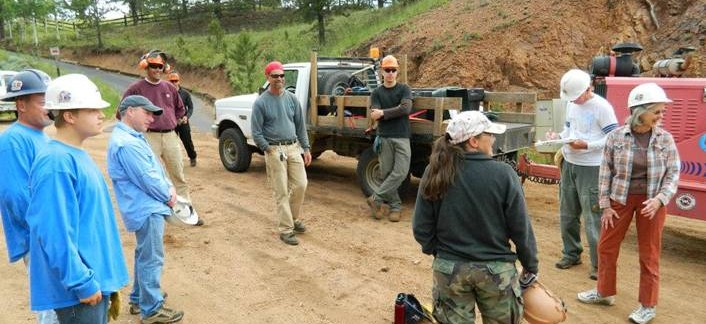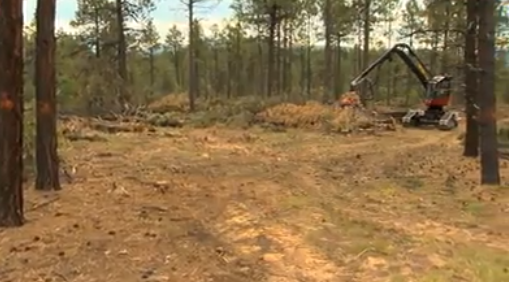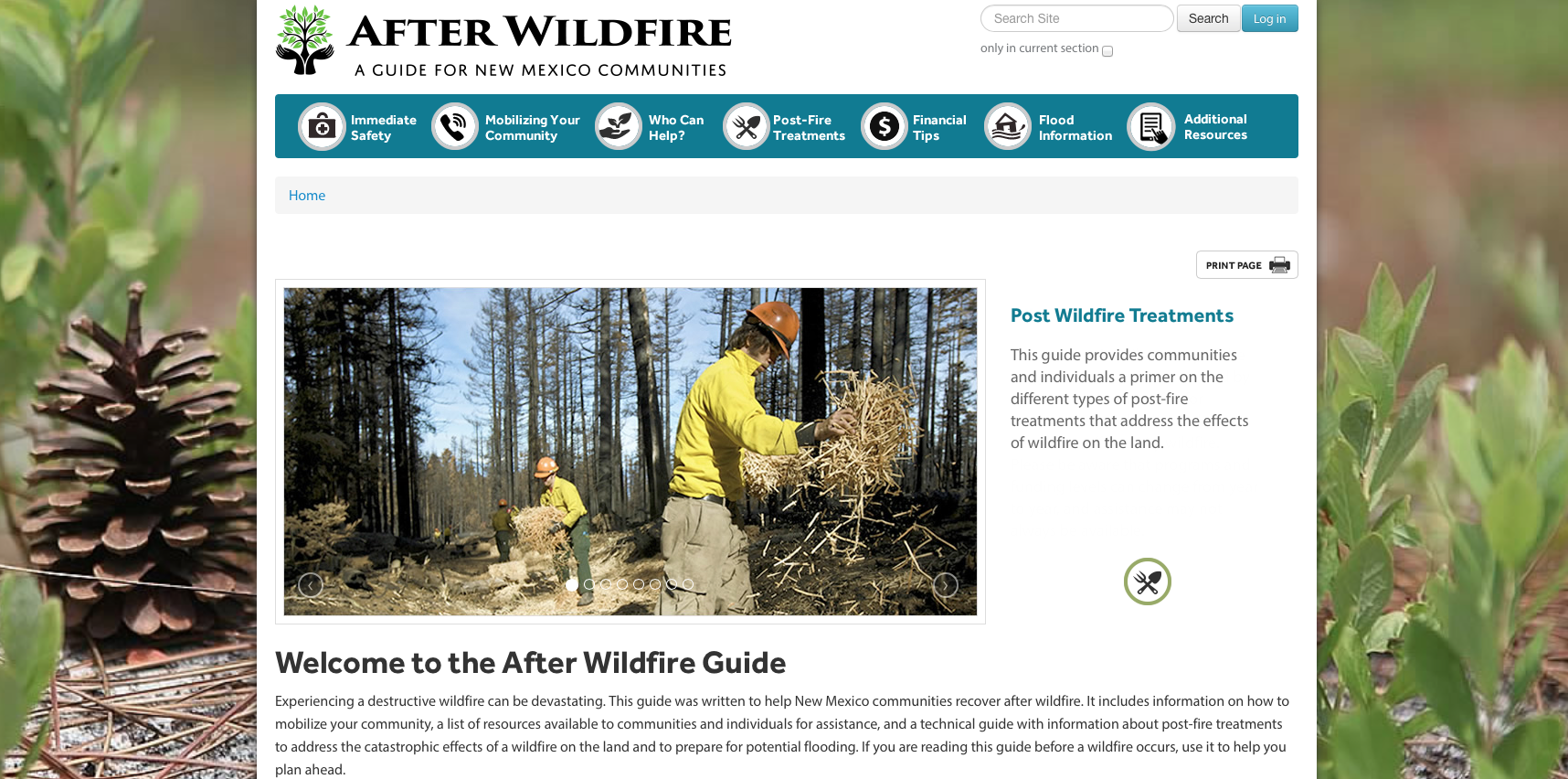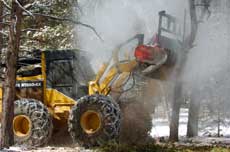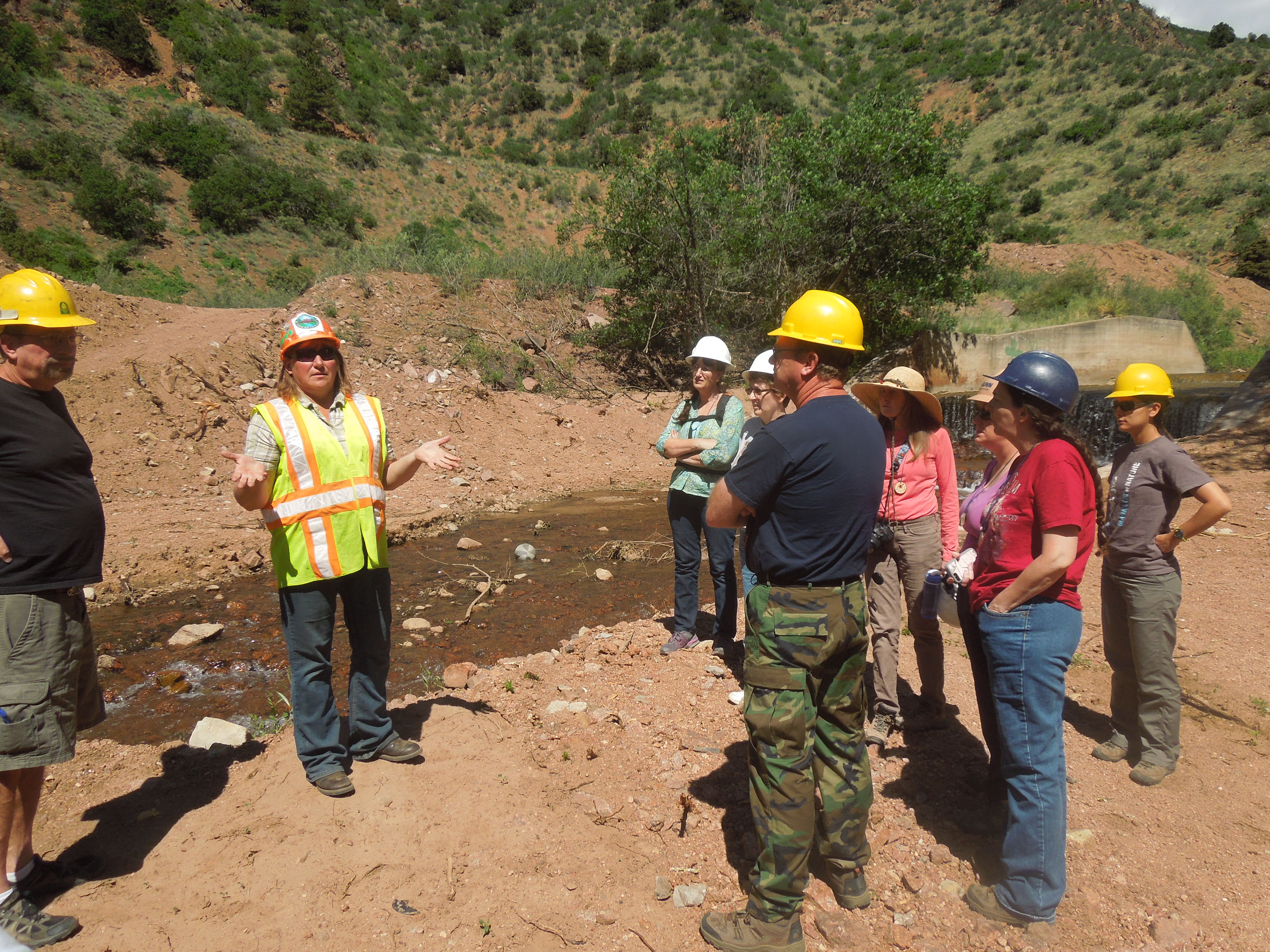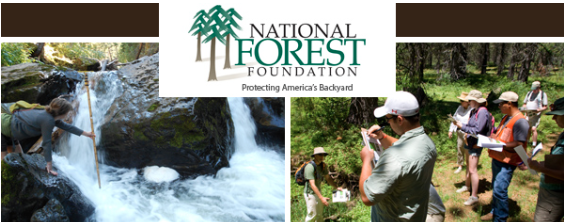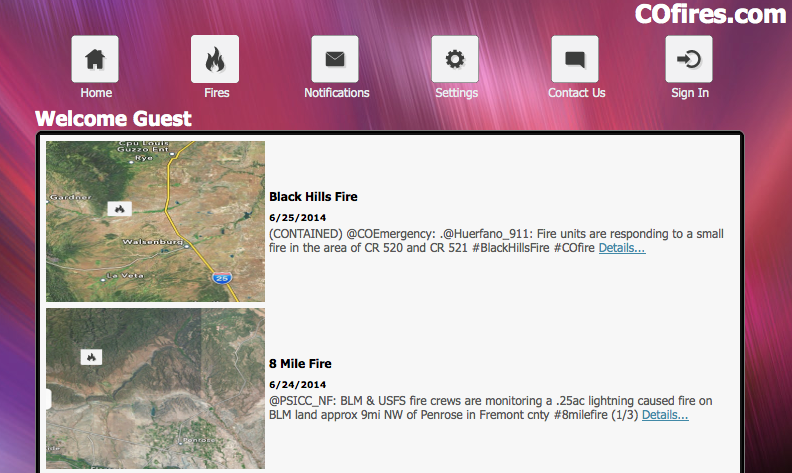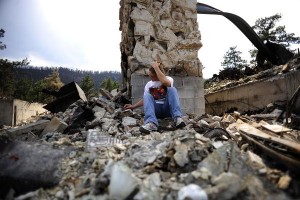
Courtesy of: The Denver Post
We’re hearing a lot about Homeowners policies being hiked and cancelled recently because of the threat of Wildfires. It appears that both USAA and Allstate have stopped writing new policies. Some companies have just pulled up roots and run away. This can be doubly distressing for those looking to purchase/sell homes in the area. We wanted to look into this and see if we can help.
Brian Himmelman ( State Farm, Website ), a local agent in Conifer says that he hasn’t had too much trouble getting insurance for people who have been cancelled or need insurance on a new mortgage. With one caveat: Defensible Space mitigation needs to be completed. We have also heard that Creekside Insurance (Travelers, Website) in Aspen Park, as well as Crow Hill Insurance( Safeco, Website) can help insure homes in the area. Other Insurance Companies include: American Family Insurance, Country Financial and Auto Owners home insurance.
There doesn’t seem to be a Defensible Space standard shared by all insurance companies, but the firewise recommendations are a good place to start. Your local fire departments are a good place to start, they are happy to take a look at your property and make recommendations, time permitting. Our local Depts. are mostly volunteer, so don’t wait until fire season begins to call them. That will likely lead to a wait time.
If you are planning to sell, it is our recommendation that you perform Defensible Space mitigation prior to the sale. If you are buying, you can save yourself potential hassles by either requiring, or aiding in the completion of mitigation prior to your purchase. We have heard rumors that a properly mitigated property has a higher value on the market. While we were unable to actually find an instance of this occurring, it does seem to make sense. And certainly, in the future, this might become the stick insurance companies use to make mitigation happen. The fact of the matter is, you are responsible for your own mitigation. Non-profits, such as the Coalition for the Upper South Platte try to help homeowners with grants, when available. But these grants for private property come and go quickly. We want to help you help your selves.
Mitigation can be either time consuming, or expensive, or both. But the benefit far outweighs these costs. Living in Colorado, there is a tax credit for fire mitigation that available to homeowners until 2024. This will cover up to 50% of costs up to $2500 per Tax Year. This credit only covers “actual out-of-pocket expense incurred and paid by the landowner and documented by receipt for performing wildfire mitigation measures.” It would be nice if work by the landowner could be documented and claimed, but that is not how the language is written.- now is a good time to call or email your State Congressman. But remember- doing this work not only makes you insurable in these uncertain times- it could very well Save Your Home, and everything in it.
You need to be covered by a CWPP in order to take this credit, and the good news is: you almost certainly are:
